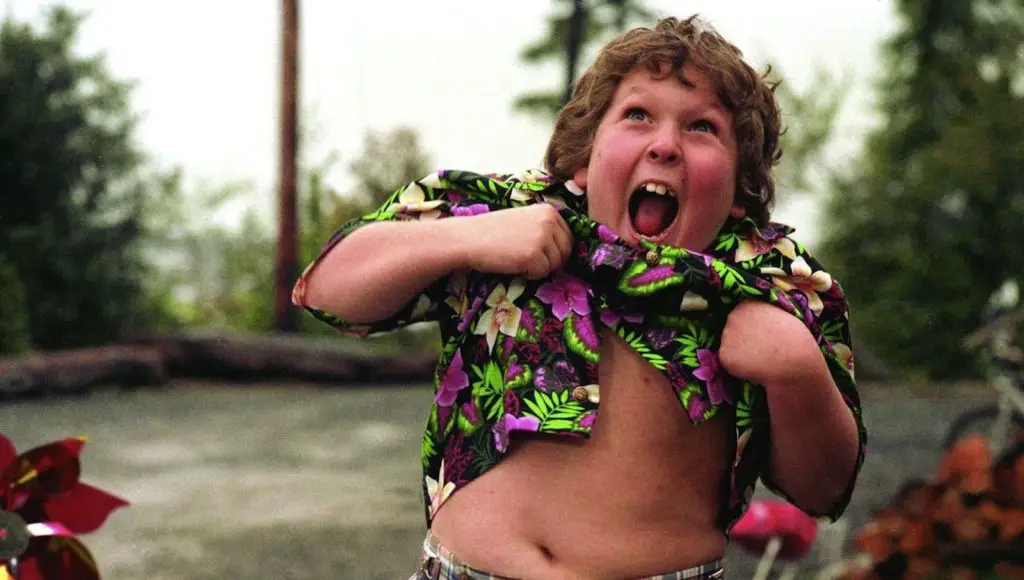
Breanne and Kindra Good (Rochon and Burril) live together in a Maryland rooming house and work together at a local greenhouse. They’re the quintessential “nice, quiet neighbors”—they keep to themselves and mind their own business. Which, of course, arouses the suspicions of their neighbors but they’ve managed to live a relatively normal life considering that they are the latest in a long line of practicing witches. Having experienced persecution in the past, the sisters grow increasingly suspicious of their new neighbor, Daniel (Calhoun), who is also secretive and always seems to be lurking wherever the sisters go.
Daniel’s presence seems to increase the suspicions of the rest of the house. Repeatedly, they find the message “Suffer Not a Witch To Live” in graffiti. As the Good sisters’ privacy becomes more jeopardized, their protection spells begin to weaken. When a cat is found murdered on the porch, they are certain that Daniel is behind it, forcing them into the open. The sisters ramp up their rituals and turn to darker magick, convinced that they’re now embroiled in a battle of good versus evil. But which side are they on?
“The Good Sisters” is the mature and thoughtful third feature from JimmyO and April Burril, hot on the heels of their successful cult film, “Chainsaw Sally”. There were many different routes JimmyO could have taken with this story and the easiest way out would have been sheer exploitation. Witchcraftery is tailor-made for boobs and blood without a speck of substance but that’s happily not the case here. Rochon and April Burril play off each other beautifully and own the film, both turning in nuanced performances and working well within the ambiguous morality of the storyline. Even when the rituals take a turn towards sex magick, the nudity isn’t forced and is in keeping with the “skyclad” manner of Wicca nature-worship. One erotically-charged scene could easily have tumbled into softcore, but the movie’s tone has already established that the artists involved aren’t going for titillation here. Indeed, Burril’s script plays with audience sympathies and expectations, constantly flipping our identification with the sisters as their possibly unfounded paranoia increases. His direction never lets the action lag. Shawn Jones’ photography makes excellent use of both color and shadow and allows the scene to dictate when the fancy shots should be utilized, rather than shoehorning in unusual angles. There’s even a shockingly violent scene—made especially effective with sound effects and long shots—in the second act that finally depicts just how hard it is to remove a human heart. (No Mola Ram quick-tug-out technique here!)
What few nits exist to be picked are standard of independent features. The film’s lower budget shows around the edges, particularly in the performances of some of the supporting actors—a lot of the “Chainsaw Sally” family appear here and aren’t as adept in portraying real characters as they are in comfortable caricature—though Calhoun easily holds his own against the charismatic leading actresses. In the end, the Burrils deliver a quiet, thoughtful thriller more psychological than supernatural, and with more thematic weight than half of last year’s Best Picture nominees.
